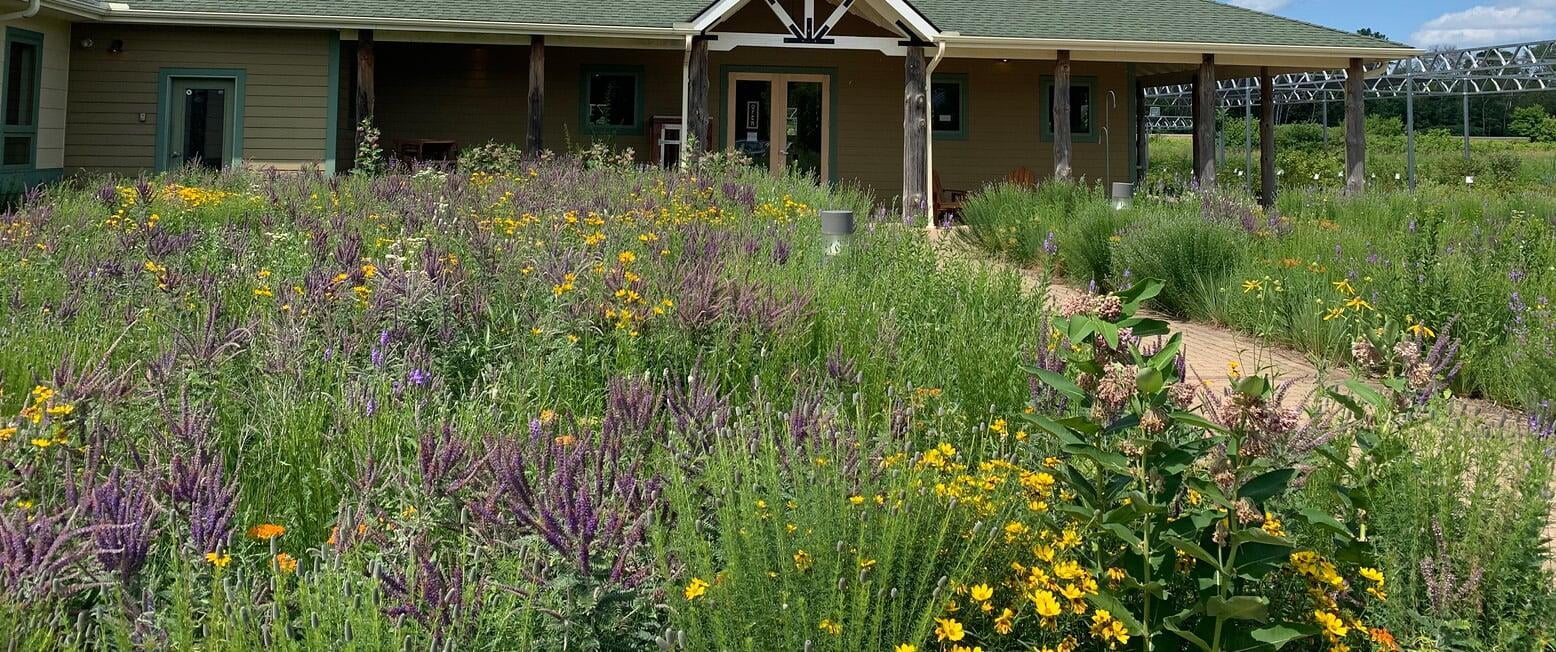Diversity equals success in restorations.
Finally, live plant plugs have a better chance of success. For all the aforementioned reasons, including live plants will drastically increase the overall health and success of your planting by speeding up the time to when the plants can naturally spread, decrease the time to develop strong root systems, and decrease the chances of non-natives overtaking the planting. If you are considering planting a native garden or landscape, we strongly encourage you to use live plants instead of seed alone. Below are some additional tips for using live plants in your project:
- Choose the right plugs for your soil conditions. Ensuring that the soil type, moisture level, and sun exposure match the growing habit of the plant is critical!
- Plant the plugs at the correct depth and spacing. If a plant is not planted correctly or crowded, it may not do well and could even die.
- Water the plugs after the initial planting if possible. This helps to settle them in and remove any air gaps in the soil. Additionally, in periods of drought during the establishment phase, it can be very helpful to monitor the plant health and water as needed. Once established, your native plants should do fine without watering, but getting their root system established is critical.


